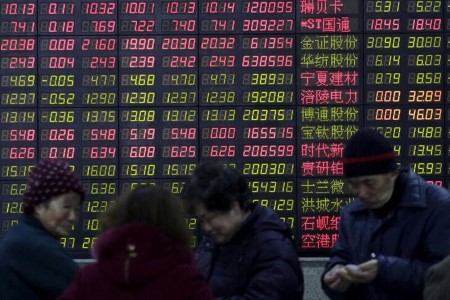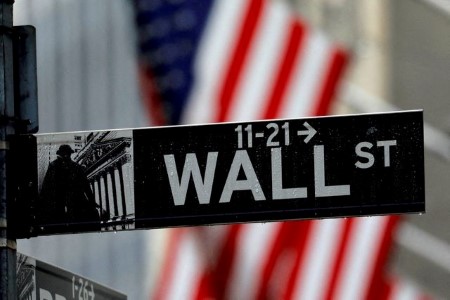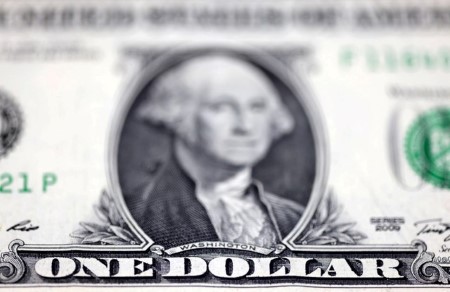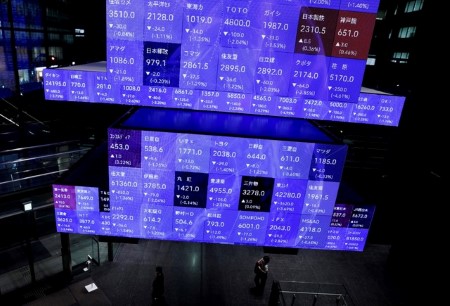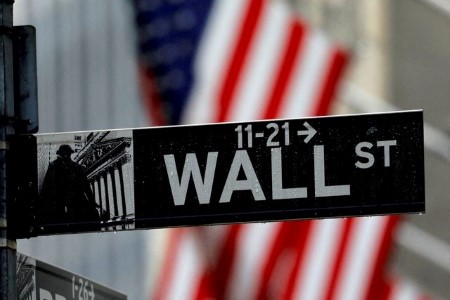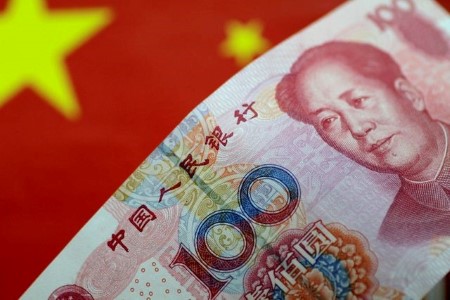HONG KONG, Nov 14 (Reuters) – Hong Kong shares closed higher for a second day on Monday as China optimised COVID-19 control measures, while regulators outlined a plan to shore up liquidity in the struggling real estate sector, which analysts see as a major turning point.
China A-shares ended lower amid rising domestic COVID-19 cases in the country.
Hong Kong’s Hang Seng Index .HSI gained 1.7%, following a 7.7% surge Friday, and the Hang Seng China Enterprises Index jumped 1.9%.
Mainland China’s blue-chip CSI 300 Index was up 0.2%, while the Shanghai Composite Index was slightly down 0.1%.
Hong Kong-listed mainland property stocks were the stars, soaring 14%.
Top property developers Country Garden and Longfor Group rebounded as much as 46% and 16%, respectively,.
Two sources told Reuters a notice to financial institutions from the People’s Bank of China (PBOC) and the China Banking and Insurance Regulatory Commission (CBIRC) outlined 16 steps to support the industry, including loan repayment extensions.
Inflows through the Northbound trading of Shanghai-Hong Kong Stock Connect, reached over 16 billion yuan (USD 2.27 billion) on Monday.
On Friday, China announced 20 measures to relax some of COVID-19 control policies, while quarantine times for inbound travelers were shortened.
Analysts said the easing of the curbs and the move to help real estate financing marked a “major turning point” in China’s economic policies.
“These policies help to reduce policy uncertainty in the market,” said Zhiwei Zhang, chief economist at Pinpoint Asset Management.
Citi analysts described the measures to support the property sector as “soaking rain after a long drought.”
“We view the PBoC & CBIRC policy could be a game-changer for being the first comprehensive supportive policy from central authorities, unlike previous piecemeal steps,” they said.
Geopolitical risks also showed signs of a marginal improvement. Chinese leader Xi Jinping and US President Joe Biden are set to meet face to face at Indonesian island of Bali on Monday ahead of the G20 summit.
In Hong Kong, the Hang Seng Tech Index climbed 1.8%. AIA 1299HK jumped 3.6% as it is seen as a potential China reopening beneficiary.
Jefferies lifted the weighting of Hong Kong to “bullish” following China’s subtle COVID-19 pivot.
The latest measures “suggest that a healthy sense of pragmatism has gripped the authorities post the 20th Communist Party Congress,” Sean Darby, chief global equity strategist at Jefferies wrote in a note.
Among China A-shares, real estate .CSI000952, healthcare and financial stocks led gains, rising 3.5%, 3.1% and 1.9%, respectively.
Consumer staples remained subdued, while shares in tourism and transport fell 4.2% and 2.2% respectively, as domestic COVID cases surged, and some investors booked profits on previous COVID easing bets.
(USD 1 = 7.0452 Chinese yuan)
(Reporting by Summer Zhen; Editing by Christian Schmollinger, Ana Nicolaci da Costa, Lincoln Feast and Uttaresh.V)






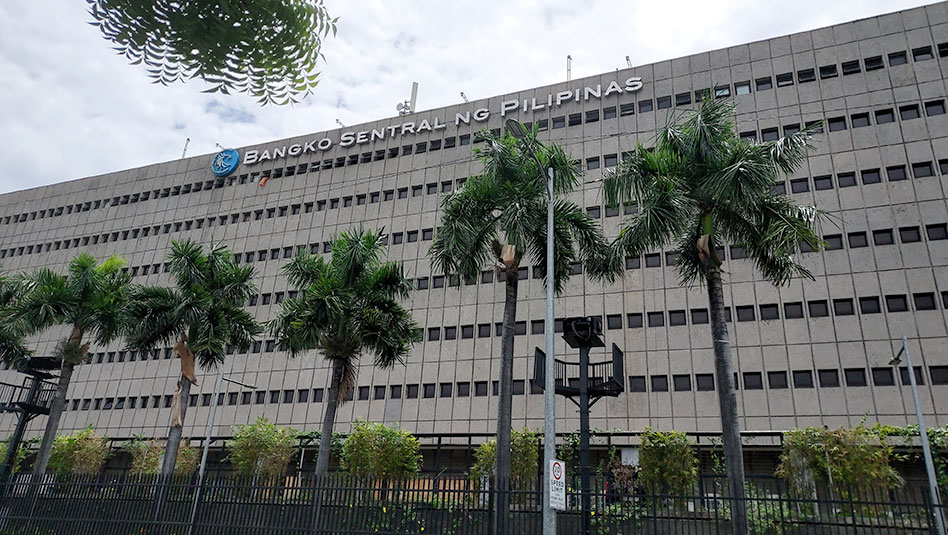
 DOWNLOAD
DOWNLOAD




